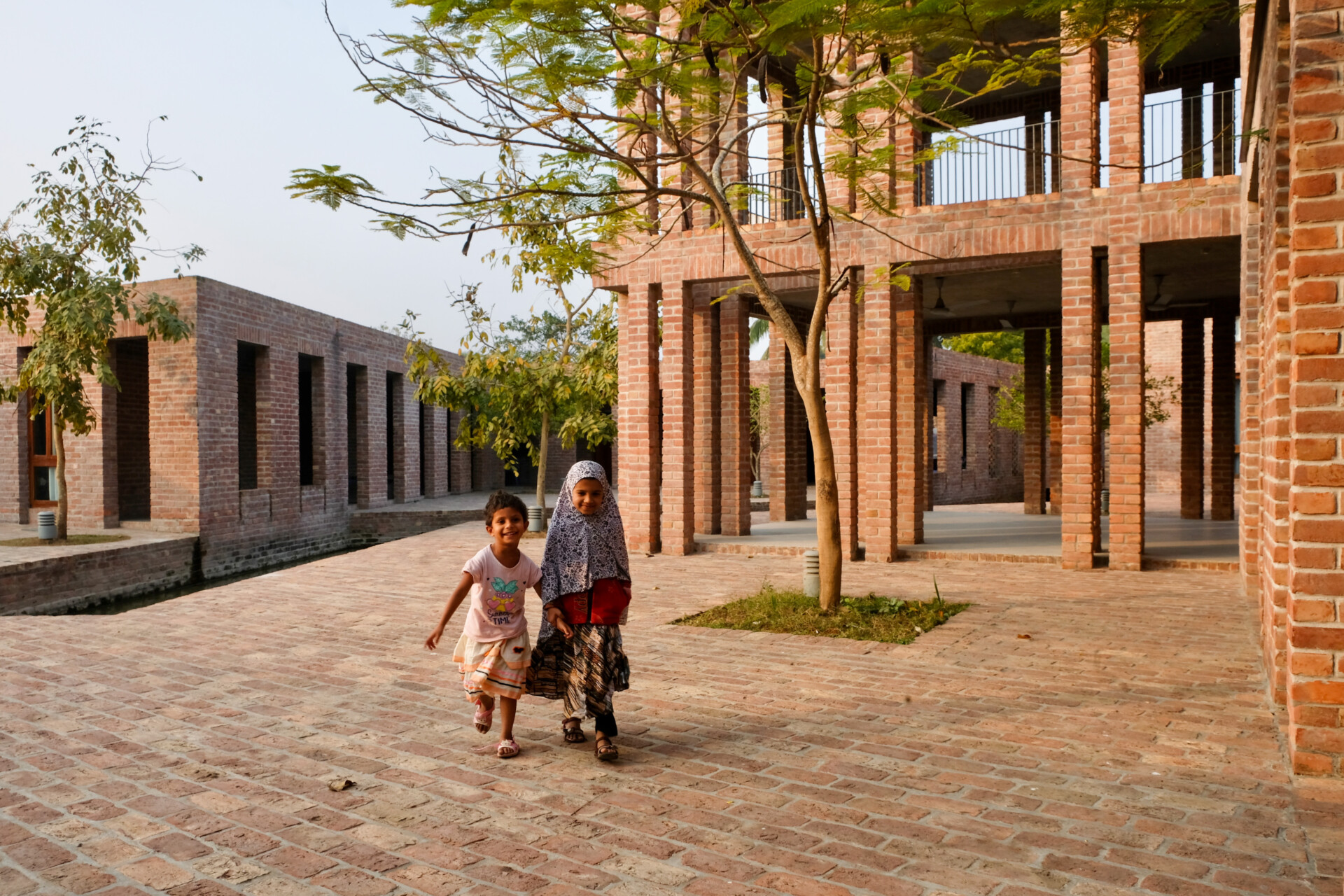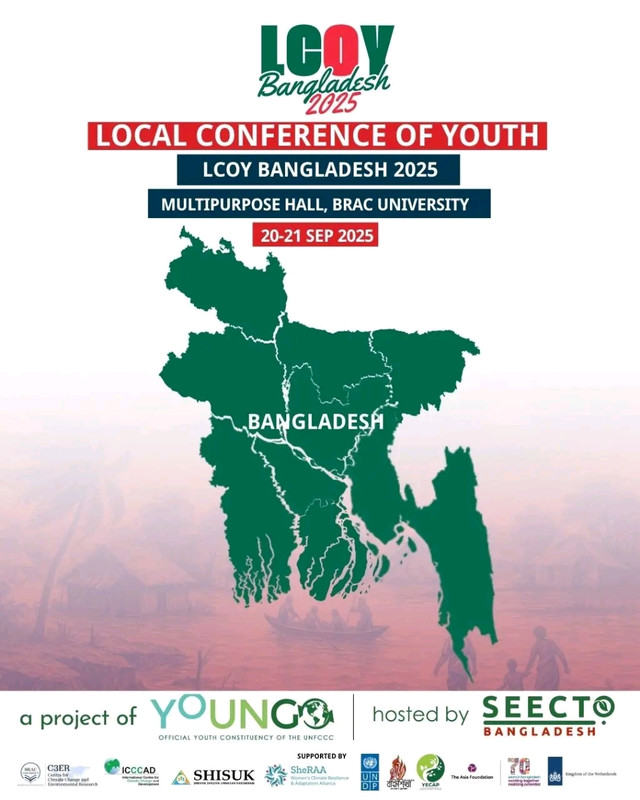Six Climate Leaders Chart Different Paths Forward
From island nations to major economies, world leaders adopt varied strategies to confront climate crisis
Arthur Rahman
EcoBangla Correspondent
September 27, 2025
150
0

NEW YORK – As world leaders gathered at recent international climate summits, six distinct approaches to confronting climate change have emerged, revealing both the complexity of the global challenge and the diversity of solutions being pursued across different regions and political systems. From small island states fighting for survival to major economies attempting energy transitions, these leadership approaches demonstrate how geography, economics, and political realities shape climate responses in an interconnected world where coordinated action remains essential but elusive.
Western Powers: Technology and Regulation

European leaders have positioned the EU as a regulatory pioneer, using economic policy tools to drive climate action through the European Green Deal – perhaps the most comprehensive attempt to align an entire economic system with climate objectives. EU climate leadership operates through market mechanisms, carbon pricing systems, and regulatory frameworks that create incentives for clean technology development. However, this model faces challenges in balancing economic competitiveness with environmental objectives, particularly as energy costs and industrial policy decisions affect public support. American climate leadership emphasizes technology development and large-scale investment programs, with the Inflation Reduction Act representing the largest climate investment in U.S. history. The U.S. approach relies heavily on market-based solutions, tax incentives, and federal investment in research and development, reflecting American political realities where federal climate action must navigate complex congressional dynamics and varying state-level policies. The approach emphasizes economic benefits of clean energy development while attempting to address concerns about industrial competitiveness and energy costs. Both Western approaches share common features: reliance on market mechanisms, emphasis on technological innovation, and attempts to balance climate action with economic competitiveness. However, they face ongoing challenges from political polarization and the need to maintain momentum across different electoral cycles.
You Might Also Like

Bangladesh architects revolutionize climate-resilient design

LCOY Bangladesh 2025: Youth Climate Summit Brings 200 Delegates to Dhaka
Asian Leadership Models: From Industrial Scale to Survival

Chinese climate leadership operates through centralized planning and massive industrial investment, leveraging state capacity to rapidly scale clean energy technologies and electric vehicle manufacturing. China has become the world's largest manufacturer of solar panels, wind turbines, and electric vehicle batteries through coordinated government policy and investment. The Chinese approach demonstrates how centralized systems can mobilize resources for large-scale infrastructure projects, though it faces criticism for continued high emissions levels and ongoing reliance on coal power generation. Bangladesh represents a different model of state-directed climate action, where government leadership focuses on adaptation and resilience building in one of the world's most climate-vulnerable countries. Bangladesh has developed comprehensive disaster preparedness systems, early warning networks, and community-based adaptation programs that have dramatically reduced climate-related casualties despite increasing storm intensity. The Bangladesh approach emphasizes practical adaptation measures, from cyclone shelters to salt-resistant crop varieties, while advocating internationally for climate finance and loss-and-damage mechanisms. Pacific Island leaders have emerged as the most urgent voices in climate advocacy, driven by existential necessity rather than political choice. These nations face immediate threats from rising sea levels and have pioneered "survival diplomacy" – using international forums to demand immediate action while preparing for potential population displacement. Their approach combines moral authority with practical urgency, emphasizing adaptation alongside mitigation and pushing for international loss-and-damage funding mechanisms.
Global Leadership Assessment: Europe Leads in Clean Energy Transition

Europe emerges as the authentic global climate leader when examining renewable energy deployment and clean energy transition. Despite maintaining higher per-capita energy consumption levels, European nations demonstrate the world's most successful integration of renewable energy sources into their national grids. Norway achieves nearly 100% renewable electricity through hydropower, while Denmark leads in wind energy integration and Sweden combines hydropower with nuclear energy to create an almost completely clean electricity system. This clean energy leadership represents genuine climate action rather than rhetoric. While the United States consumes 74,765 kWh per capita with significant reliance on fossil fuels, and China at 34,129 kWh still depends heavily on coal, European countries have fundamentally transformed their energy systems. Countries like Germany and the Netherlands, despite high consumption levels, demonstrate that wealthy nations can maintain industrial economies while transitioning to renewable energy sources. The European model proves that climate leadership requires not just reducing consumption, but transforming how energy is produced. European regulatory frameworks, carbon pricing mechanisms, and renewable energy incentives have created the world's most successful clean energy transition at scale. This approach offers a replicable model for other developed nations and demonstrates that economic prosperity can coexist with dramatic reductions in carbon-intensive energy production. While vulnerable countries like Bangladesh deserve recognition for their adaptation innovations and moral authority in climate negotiations, Europe provides the essential proof-of-concept that large, industrialized economies can achieve rapid decarbonization. European leadership shows the path forward for the world's high-consumption regions, proving that technological innovation and policy coordination can deliver the systemic changes needed to address climate change at the scale required. Chinese climate leadership operates through centralized planning and massive industrial investment, leveraging state capacity to rapidly scale clean energy technologies and electric vehicle manufacturing. China has become the world's largest manufacturer of solar panels, wind turbines, and electric vehicle batteries through coordinated government policy and investment. The Chinese approach demonstrates how centralized systems can mobilize resources for large-scale infrastructure projects, though it faces criticism for continued high emissions levels and ongoing reliance on coal power generation. Bangladesh represents a different model of state-directed climate action, where government leadership focuses on adaptation and resilience building in one of the world's most climate-vulnerable countries. Bangladesh has developed comprehensive disaster preparedness systems, early warning networks, and community-based adaptation programs that have dramatically reduced climate-related casualties despite increasing storm intensity. The Bangladesh approach emphasizes practical adaptation measures, from cyclone shelters to salt-resistant crop varieties, while advocating internationally for climate finance and loss-and-damage mechanisms. Leaders from other developing countries have increasingly organized collective approaches that emphasize climate justice, historical responsibility, and the need for international financial support. These coalitions argue that addressing climate change requires acknowledging differential responsibilities based on historical emissions and current development needs. This leadership approach focuses on securing international climate finance, technology transfer, and support for adaptation measures while maintaining the right to economic development. Beyond national governments, corporate leaders and sub-national governments have developed independent approaches that often exceed national-level commitments. Cities, states, and multinational corporations have implemented climate policies and investments that demonstrate alternative pathways for emission reductions. This leadership model emphasizes practical implementation over political rhetoric, proving particularly important in countries where national-level climate action faces political obstacles.
Comments (0)
Please sign in to leave a comment
Join the conversation and share your thoughts!
No comments yet
Be the first to share your thoughts!
Popular Articles
Discover trending eco-news and popular articles from our community.
